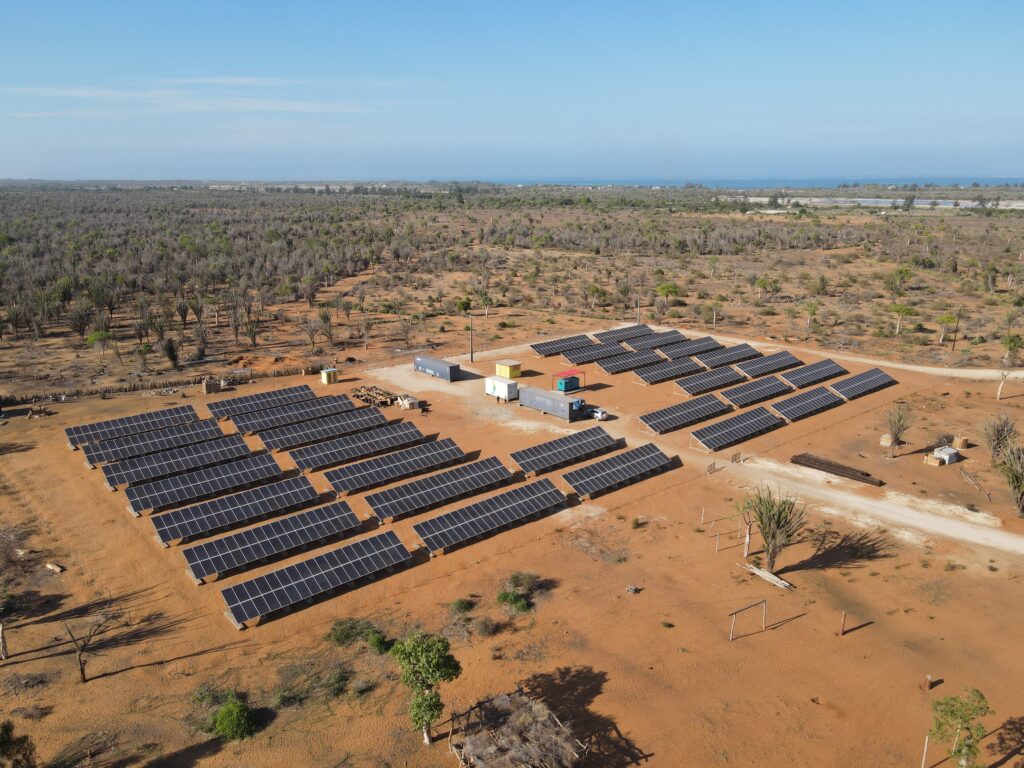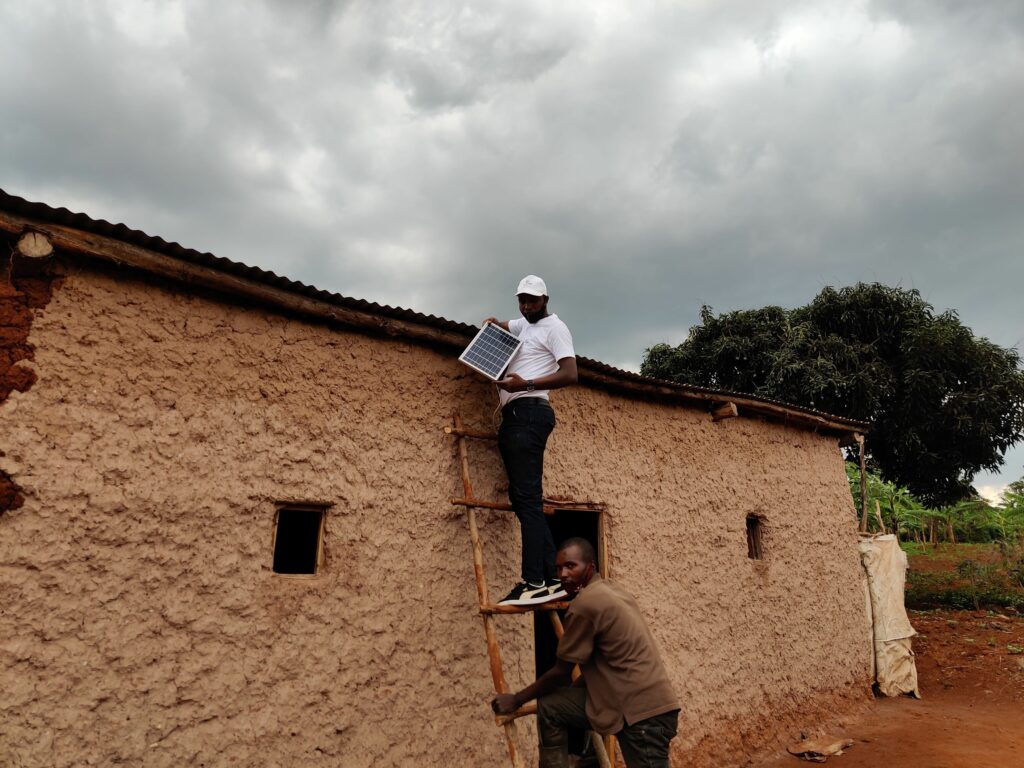What are the decentralised renewable energy solutions?
Decentralised Renewable Energy (DRE) systems have emerged as the most efficient and cost-reliable solutions to bring energy to underserved areas, especially in rural and remote communities, where extension of transmission lines is not economically viable and sometimes geographically challenging due to the terrain leading to unreliable and unsustainable power supply.
There are several formats ranging from standalone systems like solar home systems (SHS) and solar lighting systems (SLS) to isolated local grids, such as nano-grids, pico-grids, microgrids, and mini-grids. All these solutions are designed to meet the electricity, lighting, heating, cooking and other needs of the areas where they are deployed.

ANKA Madagascar | Solar Mini-grid
The terms nano-grid, mini-grid, and SHS refer to the size of small to medium off-grid or grid-connected systems which are typically powered by renewable energies (IJERT, 2021). All of them are treated as integrated energy infrastructures with loads and energy resources, including generators, energy storage devices, power-conversion equipment, Control Management and Measurement equipment and meters (IRENA, 2019).
AfDB defines a mini-grid as a set of small-scale electricity generators and possibly energy storage systems interconnected to a distribution network that supplies electricity to a small, localised group of people and operates independently from the national transmission grid. They involve small-scale electricity generation, from 10 kW to 10 MW, and they can be powered by solar, hydro, biomass or wind energies.
Microgrids and nano-grids (or pico-grids) are smaller forms of mini-grids. IJERT indicates that microgrids operate at a smaller generation capacity, from 1 to 50 kW and they are designed to serve a specific load. Nano-grids are small microgrids that have the capability of operating isolated or in grid-connected mode and provide in-house power distribution.
Solar Home Systems are defined by IEA as small-scale photovoltaic (PV) and battery standalone systems with a capacity higher than 10 W peak supplying electricity for single households or small businesses. They are most often used in off-grid context, but also where grid supply is not reliable. They usually operate at a rated voltage of 12 V, and they include PV systems consisting of solar cells, a charge controller and one battery.
Mesh-grids offer a decentralised and modular solution for rural electrification, combining the flexibility of standalone systems with the reliability of traditional mini-grids.

OffgridSun | SHS
These larger off-grid systems are smarter and faster as they can be set up in weeks, while stand-alone systems can be implemented in a day, providing resilience to climate change and creating local green jobs (IRENA, 2019). They are also cheaper as DRE reduces investment needs by up to 30% compared to traditional grid extensions. Deploying them in rural areas improves communities’ quality of life, boosts their economic development and helps reduce emissions and sets the path to stop dependency on traditional fuels.
DRE technologies range from solar PV, small hydro, small wind, airborne wind, bioenergy, green hydrogen and energy storage which we will dive into in the next article.
ARE Members offer solutions with all these technologies, which are essential to achieve universal energy access.
Authored by Alicia Funes Moro
